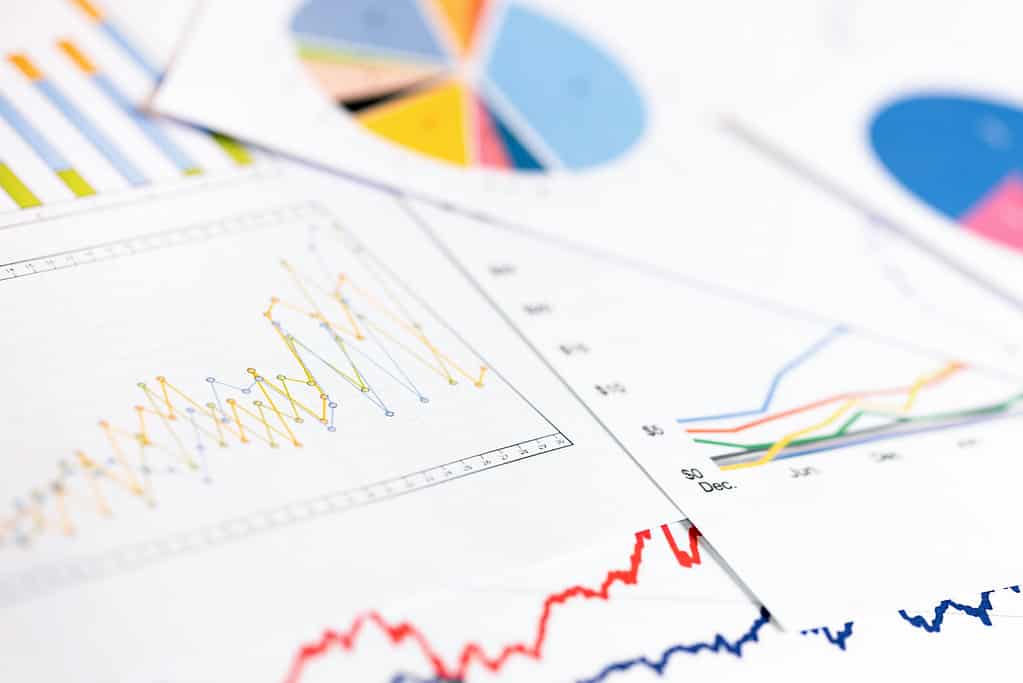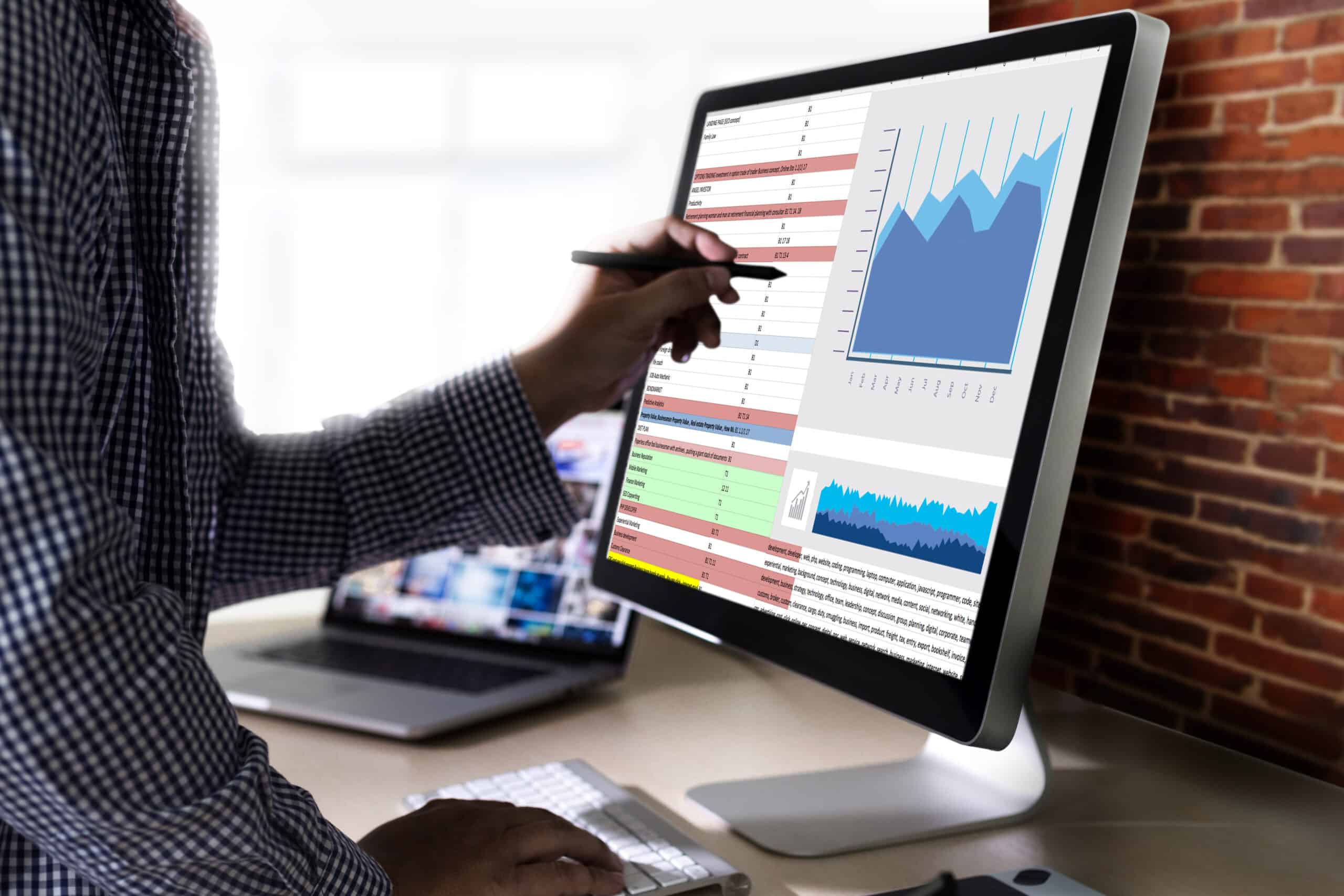Tag: Statistical Analysis

How to Calculate and Utilize Upper Control Limit
Published:A control chart consists of several parts. It has two control limits and an average line. The bottom dashed line is called the lower control limit (LCL). The solid middle line is the average of the statistic being plotted. The top dashed line is the upper control limit (UCL). The upper control limit is calculated […]
Read more »
Normal Distribution: Definition, Characteristics, and Benefits
Published:The word Normal generally has a positive connotation. When applied to statistics, the term Normal Distribution has essentially the same effect. Let’s see why.
Read more »
The Role of X-Bar in Statistics: Understand the Role It Plays in Your Analysis
Published:There are three measures of central tendency for data. One is the mean or x-bar, and the others are the median and mode. When you’re diving into statistical analysis, these are basic components. Most practitioners should have encountered these in grade school, but a refresher never hurts. Let’s dive into what it means. Overview: What […]
Read more »
Full Factorial Design: Understanding the Impact of Independent Variables on Outputs
Published:Full factorial DOE is one of the most powerfully designed experimentation statistical tools for understanding the impact your process inputs have on your process outputs.
Read more »
Cpk vs. Sigma Level: What’s the Difference?
Updated:So what is the real difference when looking at Cpk and Sigma Level? If you’re new to Six Sigma, there is no shortage of acronyms and calculations to keep in mind as you work on your knowledge base. Both Cpk and Sigma Level are valuable tools when looking at your processes and production. So, let’s […]
Read more »
Z-Score: A Handy Tool for Detecting Outliers in Data
Published:Some say that Z is the sign of Zorro (Spanish for fox), the fictional sword-wielding masked vigilante who defended and helped the poor. In statistics, it is something different. In statistics, z usually refers to the standardized score or z-score of a data point in a normal distribution. The z-score measures the number […]
Read more »
Mean in Lean Six Sigma: How to Interpret Your Data
Published:Central tendency and mean are two of the more significant statistics that are used in Lean Six Sigma. These two concepts have a large place in the developed world of LSS and are important when it comes to implementing new technologies or measuring processes for improvement.
Read more »
Bimodal Distributions and Why They Matter
Published:One of the important statistical descriptors of your data is its central tendency. Central tendency can be described using the mean, median and mode of the data. The mean is described as the mathematical center of your data. The median is the physical center of your data, and the mode is the most frequently occurring value in your data.
Read more »
What is the Bartlett Test and How is it Used in Statistical Analysis
Published:The Bartlett Test is named after the English statistician, Maurice Stevenson Bartlett. The test is also known as the Bartlett’s test for homogeneity of variances. It is most used in doing a 1-way Analysis of Variance (ANOVA). ANOVA is used to determine whether there is any statistical difference between the means of three […]
Read more »
The Importance of Fisher’s (1-way ANOVA) in Statistical Analysis
Published:Fisher’s 1-way ANOVA is a classic analysis of variance utilized in statistics to determine if there are statistical differences between the means of two or more unrelated groups.
Read more »
Homogeneity of Variance and Statistical Inference: What You Need to Know
Published:There are several statistical tests which assume that independent data sets have equal, similar or equivalent variances. Violating this assumption could render any statistical conclusions invalid.
Read more »
NORMSINV: Use Microsoft Excel for Your Analysis
Published:NORMSINV is an Excel function that provides the INVERSE of the cumulative standard normal distribution. Let’s learn how it works.
Read more »
Confidence Bands: An Essential Tool for Statistical Analysis
Published:The concept of a confidence band is usually associated with regression analysis. We will also explain why a confidence band is not the same as a confidence interval.
Read more »
Understanding the Basics of ANOVA and Dunnett’s 1-way ANOVA
Updated:When testing whether the means of more than 2 groups are statistically different, you could use a one-way ANOVA. But if you have multiple treatment groups, you can use Dunnett’s one-way ANOVA. ANOVA stands for Analysis of Variance. It is a statistical method used to compare the means of two or more groups of data. […]
Read more »
The Importance of Non-Parametric Tests in Statistical Analysis
Updated:Many statistical tests have underlying assumptions about the population data. But, what happens if you violate those assumptions? This is when you might need to use a non-parametric test to answer your statistical question. Non-parametric refers to a type of statistical analysis that does not make any assumptions about the underlying probability distribution or population […]
Read more »
Sigma in Statistical Analysis: What You Need to Know
Updated:Sigma is the eighteenth letter of the Greek alphabet and is used as a common notation in statistics as a measure of summation and variation.
Read more »
The Importance of Sample Size
Published:What do Goldilocks and statistical analysis sample size have in common? A razor-sharp focus on “just right.” A sample size that is too big or too small leads to inaccurate data and wasted resources (although hopefully not three bears).
Read more »